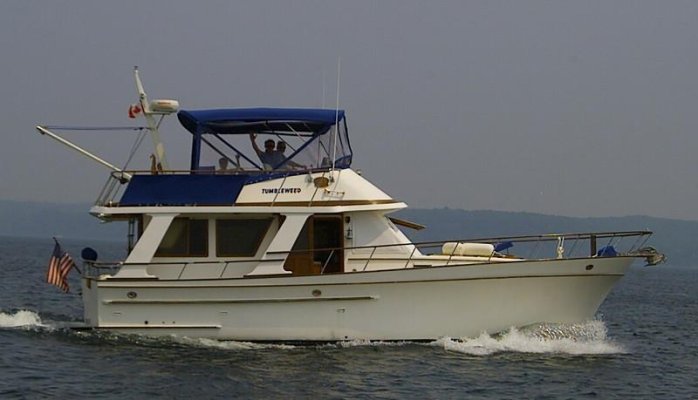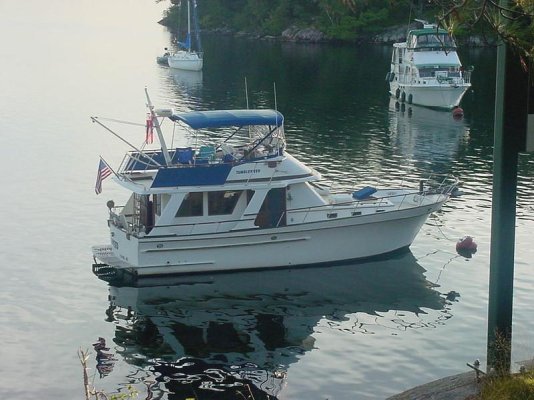albaris
Member
- Joined
- Oct 3, 2008
- Messages
- 22
- Location
- US
- Vessel Name
- Lucky Find III
- Vessel Make
- PT -Europa Style Sedan
Hello,
Just joined this board a few minutes ago...too bad I did not know about it earlier.
I am in the process of buying a 1984 38' PT Performance Trawler with twin Perkins 6.354's. Horsepower is 135hp. Engine and hull surveys are scheduled for 9AM this morning, and if all goes well, we will close this coming week.
Is there anyone here that can give me a "heads up" on these boats?
Anything special to keep an eye out for?, etc.
This will be our first diesel powered boat, as we are moving from a 34" Silverton with twin Crusaders 270's.
Any info would be appreciated.
Thank you,
-- Edited by albaris at 03:07, 2008-10-03
Just joined this board a few minutes ago...too bad I did not know about it earlier.
I am in the process of buying a 1984 38' PT Performance Trawler with twin Perkins 6.354's. Horsepower is 135hp. Engine and hull surveys are scheduled for 9AM this morning, and if all goes well, we will close this coming week.
Is there anyone here that can give me a "heads up" on these boats?
Anything special to keep an eye out for?, etc.
This will be our first diesel powered boat, as we are moving from a 34" Silverton with twin Crusaders 270's.
Any info would be appreciated.
Thank you,
-- Edited by albaris at 03:07, 2008-10-03


